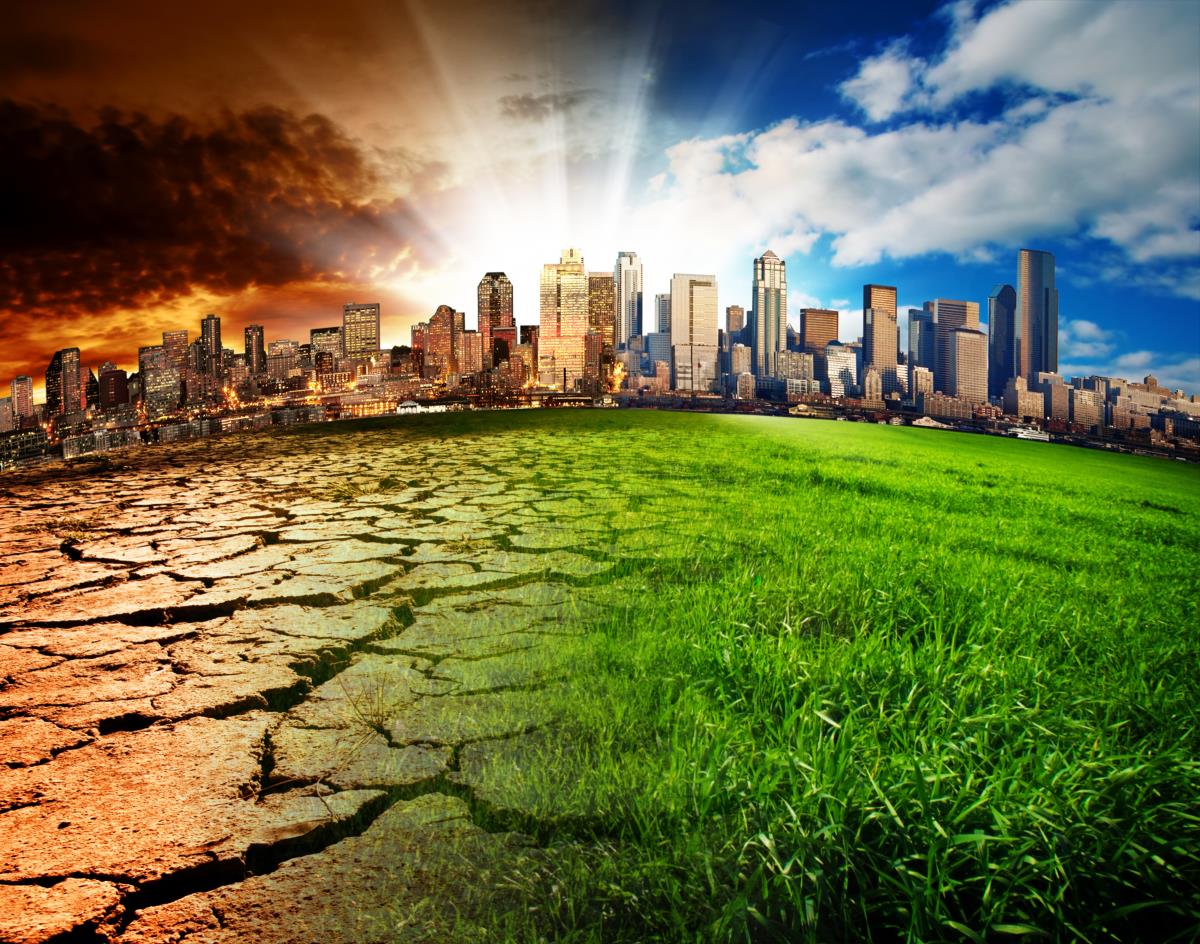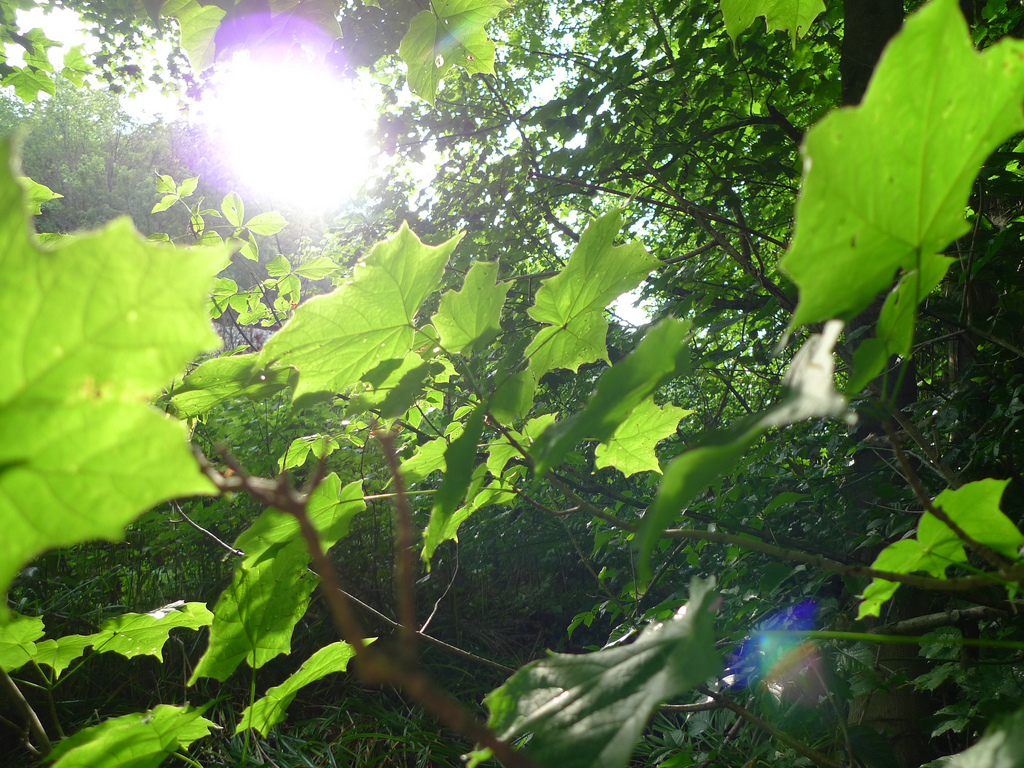BEAUTIFUL CO2: Higher carbon dioxide levels in the atmosphere linked to more flowers blooming in tropical forests
01/29/2018 / By Russel Davis

The increasing levels of carbon dioxide (CO2) brought about by climate change resulted in an increase in flower production in remote tropical forests across of the globe, according to a study published in the journal Global Change Biology.
A team of researchers at Florida State University examined plant materials obtained from tropical forests of Panama’s Barro Colorado Island to investigate the effects of rising CO2 levels on plant life. The research team also took into account various environmental factors — such as temperature, rainfall, and light — that may impact the annual flowering activity and flowering duration of plant species found in the forest. The experts found that increased CO2 levels had the most pronounced effect on the plants’ flowering activities.
“It’s really remarkable. Over the past several decades, we’ve seen temperatures warming and carbon dioxide increasing, and our study found that this tropical forest has responded to that increase by producing more flowers. Tropical forests have evolved in generally stable climates. So while they may not be warming as much as some higher-latitude ecosystems, these tropical species appear to be much more sensitive than we might have expected,” lead researcher Stephanie Pau told Science Daily online.
According to the research team, the elevated CO2 levels in the atmosphere spurred the island’s flora to allocate more energy in producing flowers. The experts noted that certain plant species continue to expand their reproductive activities in response to the rising carbon dioxide concentrations. However, some plant species such as canopy trees and lianas exhibited more stabilized activities. The experts added that forests may continue experiencing new ecological shifts as a result of higher CO2 levels in the atmosphere.
“The effect of atmospheric CO2 on flowering has diminished over the most recent decade for lianas and canopy trees, whereas flowering of midstory trees and shrub species continued to increase with rising CO2. Increases in flowering were accompanied by a lengthening of flowering duration for canopy and midstory trees. Understory treelets did not show increases in flowering but did show increases in duration,” the study’s abstract read.
“Given that atmospheric CO2 will likely continue to climb over the next century, a long-term increase in flowering activity may persist in some growth forms until checked by nutrient limitation or by climate change through rising temperatures, increasing drought frequency and/or increasing cloudiness and reduced insolation,” the researchers wrote.
Review: Increased CO2 levels in the atmosphere may also accelerate flowering time
A meta-analysis published in the journal New Phytologist revealed that higher CO2 concentrations in the atmosphere may also speed up the flowering process in both agricultural and wild plant species. The researchers explained that carbon metabolism exerts partial control on flowering time, and thus might play a role in accelerated flowering time in plants. (Related: The REAL SCIENCE behind carbon dioxide: Plants use CO2 to create CBD, THC, curcumin and all medicinal molecules.)
According to the review, certain perennial and annual crops and flowering plants — such as African violet, blackeyed pea and bush bean as well as rice, cucumber and pepper — exhibited an earlier flowering season in response to the elevated CO2 concentrations in the atmosphere. The researchers also found that up to 80 percent of wild plant species had earlier flowering seasons. The experts added that some plant varieties that bloom early were able to reach the minimum size required for flowering earlier in the season.
The research team noted that the changes in flowering time due to elevated CO2 levels may alter crop productivity and yield, and stressed that understanding the flowering-time responses of crops should be a priority for crop-breeding initiatives meant to optimize crop yield.
Follow more science on the climate at Climate.news.
Sources include:
Tagged Under: agriculture, carbon, carbon dioxide, climate change, climate science, CO2, crop yield, crops, Earth, flowering plants, flowers
RECENT NEWS & ARTICLES
COPYRIGHT © 2017 CARBON DIOXIDE NEWS




















